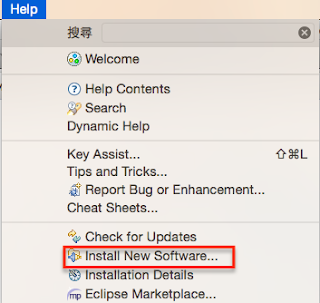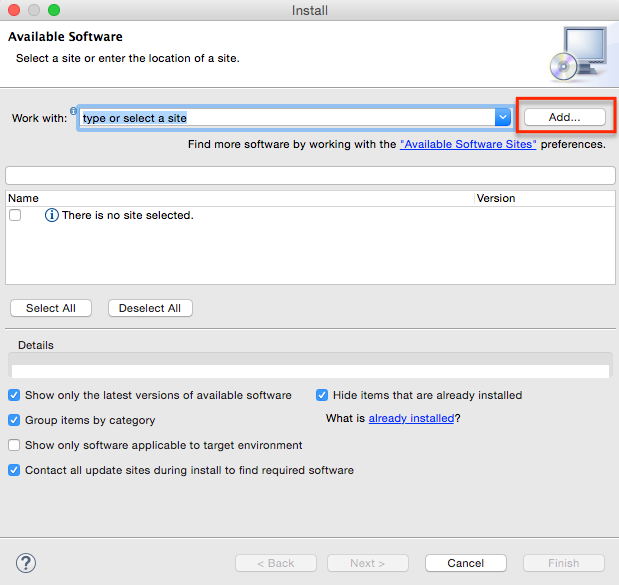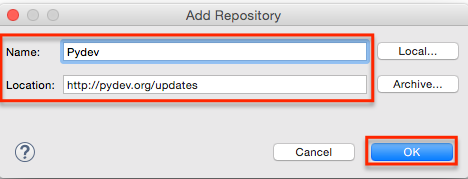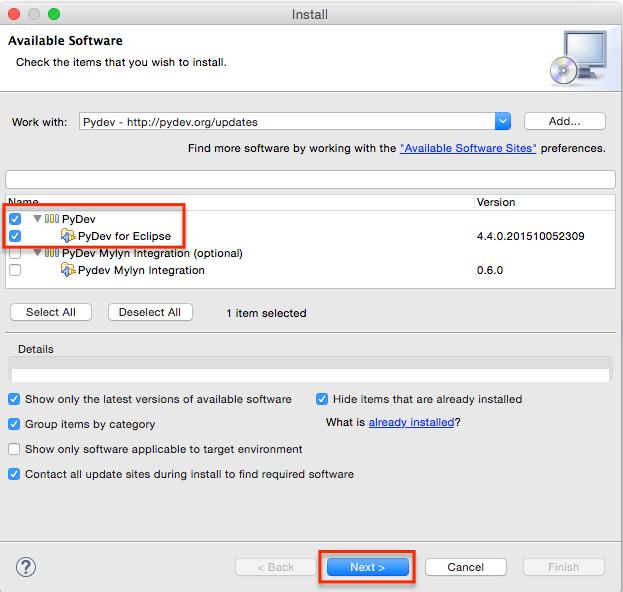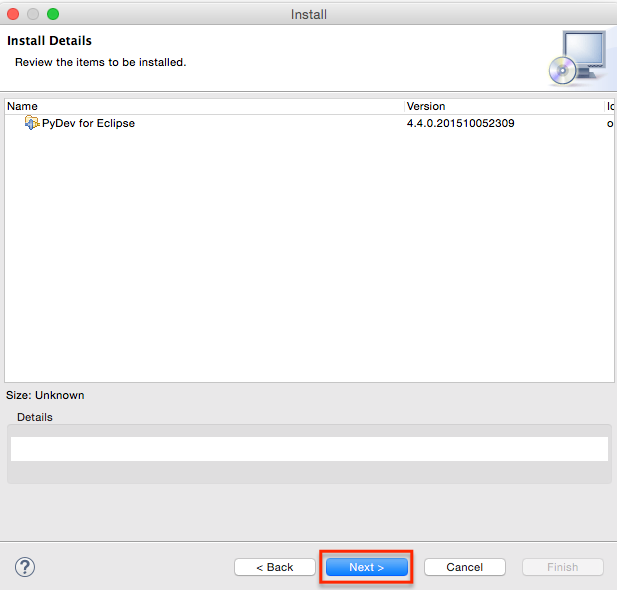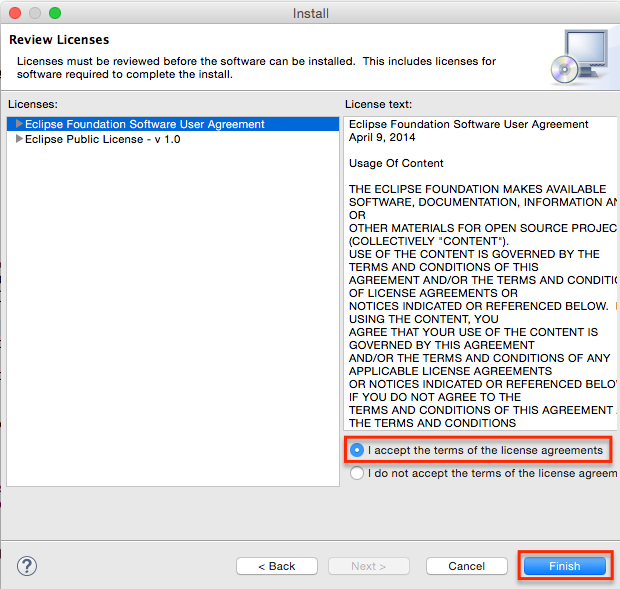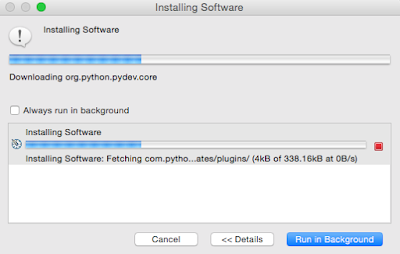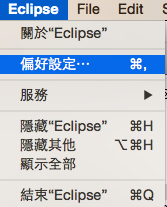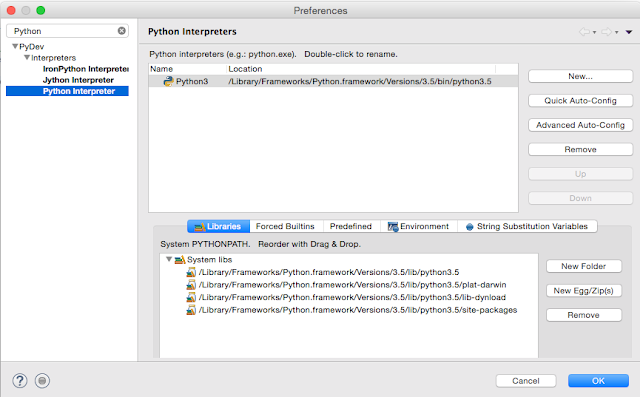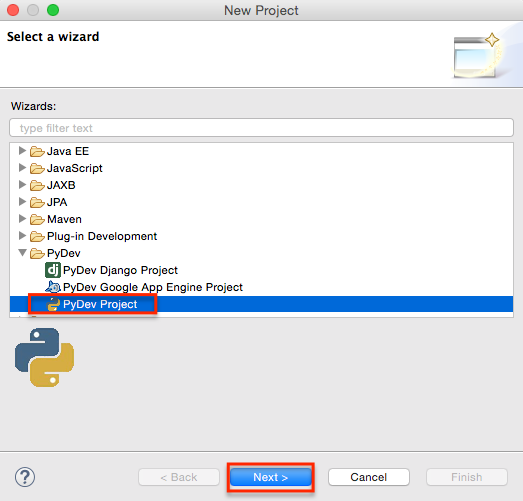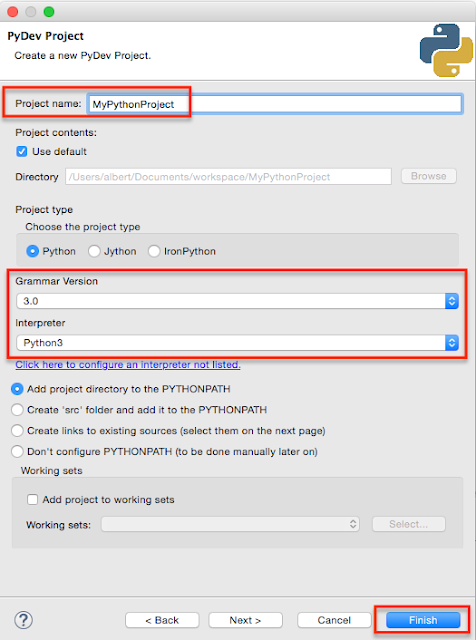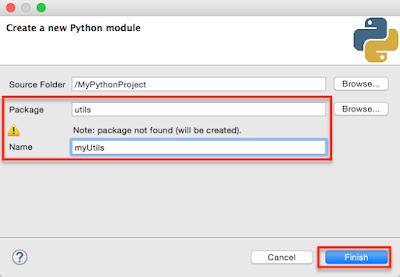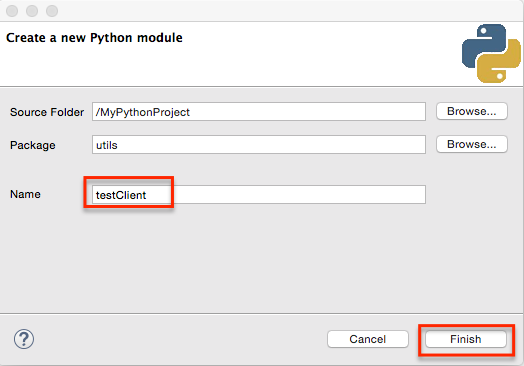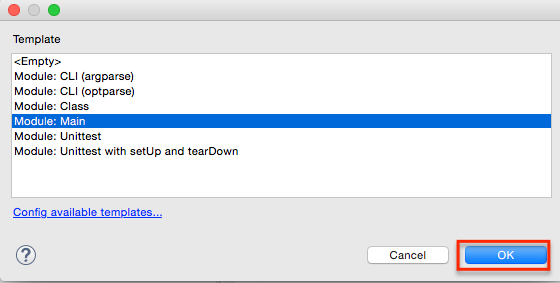The only requirement when working with pickled files is that they have to be opened in binary access mode
Here is the code snippet:
1 2 3 4 5 6 7 8 9 10 11 12 13 14 15 16 17 18 19 20 21 | ''' utilize pickle to write data into file ''' def writeFileWithPickle(path, file, data): pickle.dump(data, open(path + '/' + file, 'wb')) ''' utilize picke to read data from file ''' def readFileWithPickle(path, file): return pickle.load(open(path + '/' + file, 'rb')) ''' utilize pickle to append data to existing file ''' def appendDataWithPickle(path, file, data): try: with open(path + '/' + file, 'rb') as fileObject: list = pickle.load(fileObject) for item in data: list.append(item) writeFileWithPickle(path, file, list) except pickle.PickleError as err: print('Fail to append data. Error:' + str(err)) finally: if 'fileObject' in locals(): fileObject.close() |
Reference
[1] http://pythontips.com/2013/08/02/what-is-pickle-in-python/
